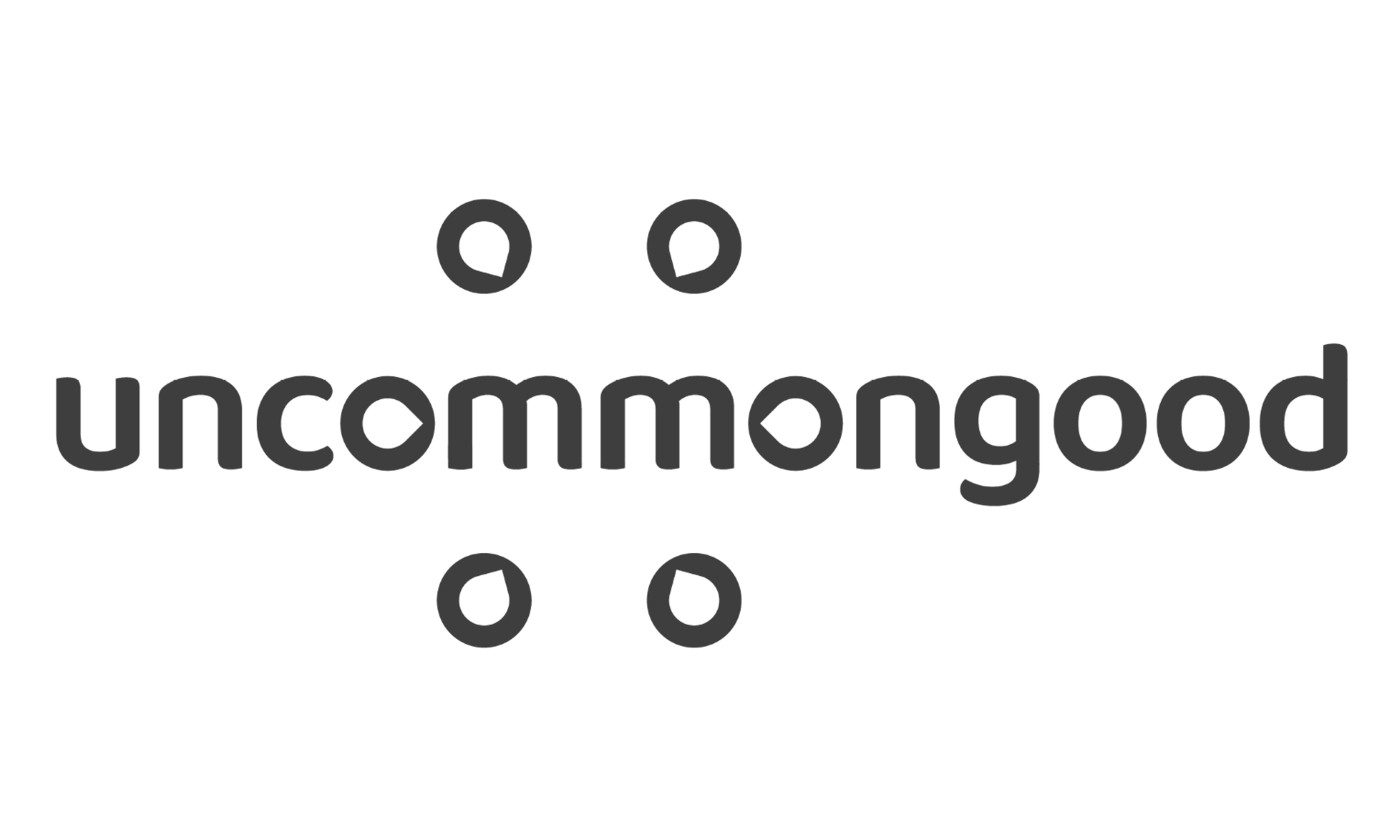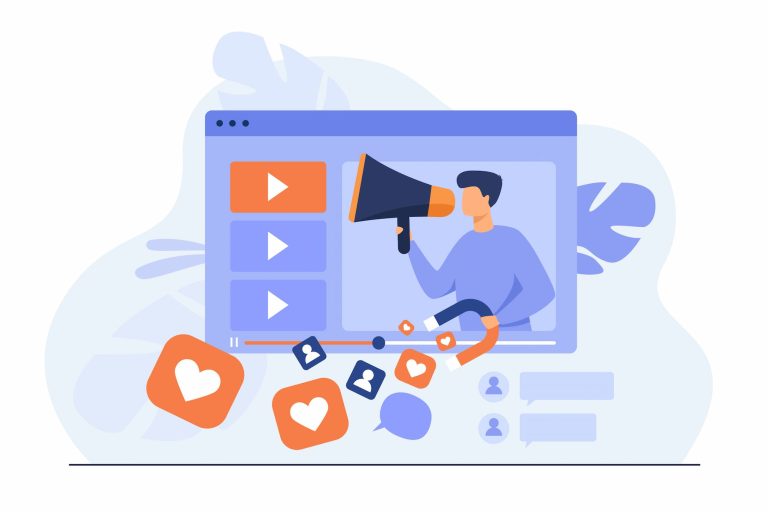We know your first priority as a nonprofit is serving a mission and amplifying a cause that’s close to your heart. And to execute that mission, fundraising and spreading the word are essential. You need to get people involved, keep them engaged and give them compelling reasons to take action and sustain your work.
Whether your organization is new, or even decades old, it’s always essential to examine and refresh your nonprofit marketing strategy — especially when it comes to content development in a world of ever-evolving platforms and target audience behavior.
According to a recent study by Campaign Monitor, 74 percent of donors are more likely to increase their donation amount and/or give outside of their regular donation budget if there’s a “compelling reason” to motivate them. Where do donors find that compelling reason? Your content, of course!
Content development and marketing deserve your attention as they could make a significant difference in your donors’ overall engagement and growth of your organization. And donors do want to hear the details about what your nonprofit is doing. According to the study, 61.1 percent of donors want to hear stories about an organization’s impact and how their services are helping.
So, what does ensure your organization’s content can be all of these things (accurate, specific, engaging) and more? While there are many tactics to producing high-quality, mission-driven content, we’ve compiled our own list of some primary forms of content development below.
If you’re not currently using all of these features or employing every strategy: don’t worry! Approach these options as opportunities to invest in day-by-day; each can aid a successful nonprofit marketing strategy that drives donor engagement, fosters volunteer support, and amplifies alignment with your cause.
Your Nonprofit’s Website
Your organization’s website is a content development option that can offer both comprehensive information about the cause as well as opportunities for deeper involvement and support.
One study found that all surveyed demographics ages 18 to 70+ specifically engage with websites to look for updated information about an organization. If people can’t find that initial information quickly, then they’re more likely to move on — so the website must not only contain comprehensive info but also remain up-to-date and engaging with the latest goals and programming.
Here’s the kind of website content that can help optimize your organization’s nonprofit marketing strategy:
A Concise “About/Mission” Page
Depending on the breadth of your organization, this could be broken down into several sub-pages or consolidated into one. Regardless, it needs to be clear, concise and tailored to your target audience in order to foster awareness and engagement. Focus on these questions to guide that positioning:
- What is your organization’s cause?
- What do you do to accomplish that mission?
- How did you get started?
- Who is on your team or board?
- What are you raising money for, and is there transparency around how it’s spent?
The more information that’s included, the better. Not only does this info explain who you are as an organization, but it also encourages people to learn about the “why” behind your mission, see the faces behind the organization, and feel connected to the cause and its team members, too.
Stories connect, and are at the heart of all nonprofit missions — and sharing those stories can resonate with folks who might be interested in supporting your organization. Does your CEO have a personal connection to the mission? Is the organization’s location significant to its values? Bring some personality and transparency to your content to build awareness and overall donor engagement.
An Engaging “How to Get Involved” Directive
If people are coming to this page on your website, chances are they want actionable information. Whether they’re here to donate or volunteer, they need to find out how to do so on your site in an easy and intuitive way.
‘How to get involved’ requires some of the most straightforward messaging on your page. Direct “calls-to-action” (or the CTA) needs to direct users down the path that converts them from a lead to a donor.
Sample phrasings include (but are not limited to):
- One donation can improve one hundred lives
- Interested in how your contribution could foster change? Learn more now
- Sign up to volunteer
- Support the mission
- Join our community
Put your organization’s personal spin on simple phrasings to strengthen your CTAs and boost donor engagement. Not only is it a solid nonprofit marketing strategy, but it’s also efficient. Make the process of volunteering or donating streamlined, convenient, and so user-friendly that potential supporters can’t help but sign up.
Stories about Current and Upcoming Projects
Share your successful endeavors and keep supporters updated about what you’re planning. Did you just build three wells in a village? Did you help send a teenager to summer camp? Capture that story!
Whatever it is that you’re accomplishing, share it with the world. One great way to host this kind of content is on a blog on your website. For someone researching an organization to learn more, this can be what helps them get a true sense of what your work (and your wins) actually look like.
Additionally, those stories add value for your supporters and for you. The information you share on a blog gives audiences a reason to keep coming back to your organization and provides another touchpoint to drive traffic to your website, share a call to action, and boost the number of interested readers on your email list.
Email Communication
Speaking of email lists: it’s a more useful tool than ever! Thanks to the popularity and accessibility of smartphones, email communication is more utilized by organizations than in previous years, and it doesn’t seem to be slowing anytime soon. According to the Pew Research Institute, 91 percent of consumers use email daily, and by 2022, it is predicted that the number of email users will hit 4.2 billion.
With an enormous opportunity to reach your audience, it’s imperative to leverage email communications as part of your nonprofit marketing strategy. Check out avenues where it might be smart to start:
Automated Email Templates
Pre-written email templates may sound less personalized, but they can be your greatest donor engagement resource in practice. By streamlining your process, you can target emails to potential donors who sign up for updates while also issuing curated content for your long-time supporters who don’t need such a high-level introduction to your nonprofit.
The best part? You can organize your email list to be as detailed as you want. With the right kind of tools, you can monitor the age demographic of each email recipient and more. You’ll no longer run the risk of sending a grandma in Nebraska an email encouraging her to run a 5K, or one to a college student working three jobs asking them to consider end-of-year giving to boost their tax return.
When you know who you’re talking to, you can communicate better. And better communication means a stronger shot at donor engagement and supporter retention overall.
Email Campaigns/Email Blasts
This is similar to the above pre-written templates, but with even more detail. While the templates above are evergreen and can be used with certain kinds of supporters at any stage of involvement, email campaigns or email blasts are used for very specific calls to action. For example:
- Upcoming Events/Projects
- Let your donors know what you’re up to and whether or not they can be a part of it.
- Seasonal Content/Giving Opportunities
- Think end-of-year-giving, summer volunteer opportunities, holiday-tailored messaging (i.e., donating in someone’s name makes a great gift!), etc.
- New Opportunities
- Are you raising money for a new project or opening another site somewhere? Let the right people know!
Newsletters
While it’s important to have updates readily available on your website, sending regular newsletters is also an effective nonprofit marketing strategy. In fact, for the 21-39 age crowd, it’s preferred! Research shows that millennials are the largest demographic who will sign up to receive newsletters and email communications in general.
Not only do your donors want this kind of communication, studies show that it yields incredible results. According to research, “email is 40 times more effective at acquiring new customers than Facebook or Twitter” and it generates the highest ROI for marketers. For every $1 organizations spend, email marketing generates $44 in ROI.
Give your supporters the kind of communication they want. A newsletter is a great way to harness all the above content and deliver it in a tailored, click-worthy package.
Social Media Content
With more than 2.4 billion people using Facebook, over 1 billion on Instagram, and nearly 100 million on Tik Tok in the U.S. alone, it’s safe to say that an online presence on social media platforms is necessary. This kind of content development should not be ignored. Crafting eye-catching posts, infographics, and more to drive traffic from social media to your site is no small feat — but it’s a necessary one!
All Tactics Work Together
By following our nonprofit marketing strategy advice above, you’re on your way to creating a sound and sustainable marketing plan full of content: an established website, an active and frequently updated blog, a social media presence that communicates project updates across channels, and targeted email campaigns designed for success. All of these tactics can be tracked and reviewed for performance so you can optimize your execution over time, and know that your tactics are working as hard as possible for you.
This integrated approach allows you to align your audience with your message, keep them engaged in compelling ways, and get data to measure and evaluate how your strategies are working so you can be as efficient as possible with spending to maximize dollars raised and change produced (and the majority of those dollars can go directly to your cause!).
UncommonGood is Here To Champion Your Content
Content development can seem like a luxury only available to larger organizations with more resources. But your organization deserves attention and a nonprofit marketing strategy that works.
That’s why UncommonGood created our support suite to offer all the tools your organization needs, in one place at an affordable price. Not only will you be getting the technological tools you need, but you will also be connected with a team of real people who are here to help and cheer your nonprofit on every step of the way.




